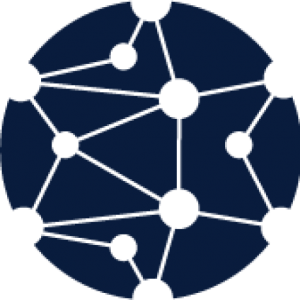
The study, led by Winthrop Professor Jim Whelan, Chief Investigatorat the ARC Centre of Excellencein Plant Energy Biology, will be published this Friday in The Journal of Biological Chemistry.
Professor Whelan said that the one billion years of evolution which separated plants from other organisms meant that different solutions had evolved to solving the same problem.
“This discovery will give us clues to how we modify or select plants to make different amounts of mitochondria. Mitochondria are the cell's power producers. They convert energy into forms that are usable by the cell,” he said. “As mitochondria play many important roles in plants, the ability to alter the number and activity or mitochondria can affect plant growth and yield.”
The study investigated how a protein called Mia40, which is present in yeast, animal and plant cells, had distinctly different functions in plants.
“In yeast and animal cells, Mia40 is an essential protein and mutations that affect its function are lethal or lead to severe disease,” Professor Whelan said.
“However, what we found was that in plants, it appears that this protein has different roles because it is present in more than one location in the cell. Although it plays a number of roles, its absence in plants does not have as severe consequences as it does in yeast and animals.
“This study not only gives us a unique insight into how plants solve problems differently to animal cells, it can allow us to design drugs or chemical inhibitors that can be used to inhibit this pathway selectively in plants or animals. For example, a chemical blocking this pathway in animals can act as a selective pesticide as it would not be harmful to a plant.
“As the causative agents of human (and animal) diseases like malaria (caused by Plasmodium falciparum) orsleeping sickness and leishmaniasis (caused by Trypanosomes), often utilise plant-like systems, this finding opens avenues to develop drugs to counter these disease causing organisms without harmful side affects.
